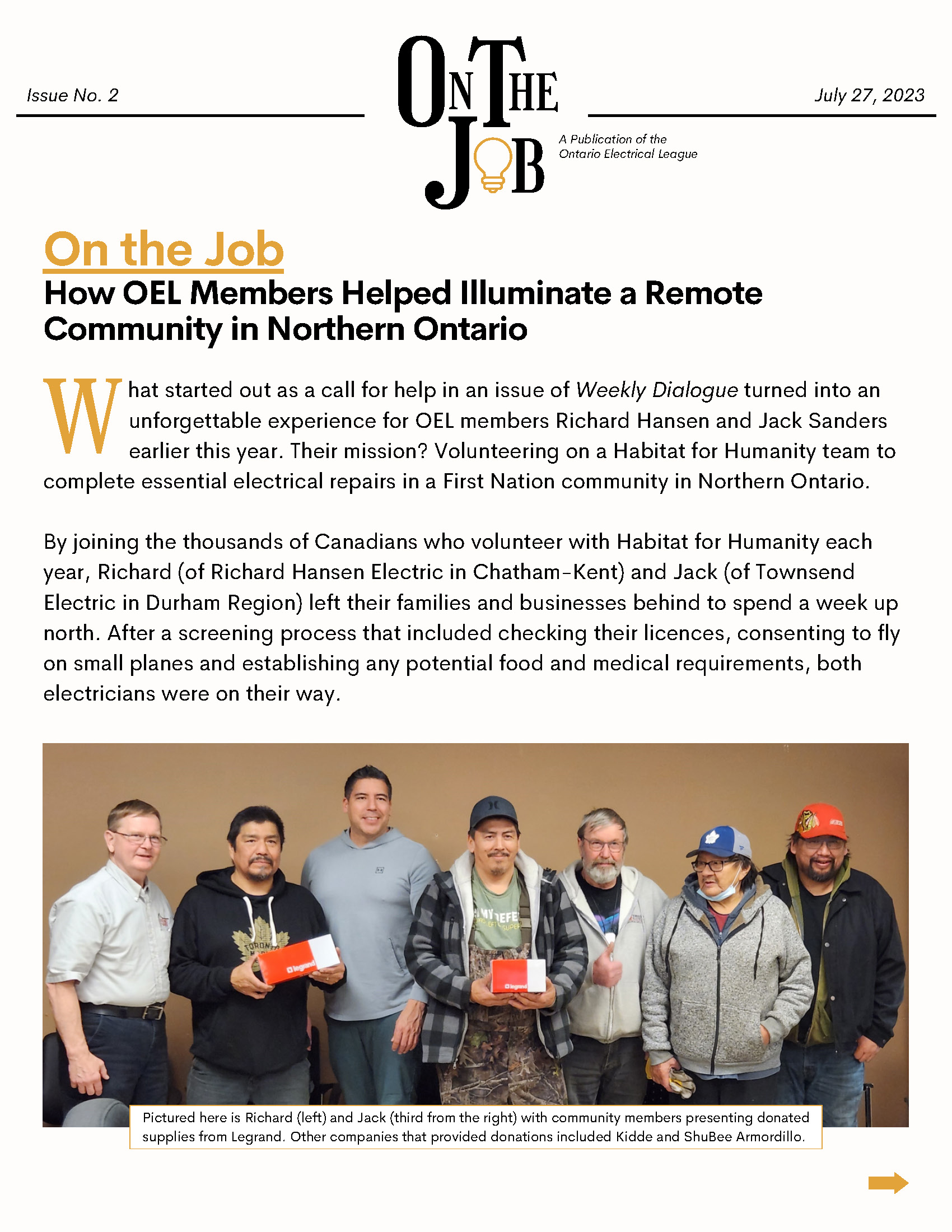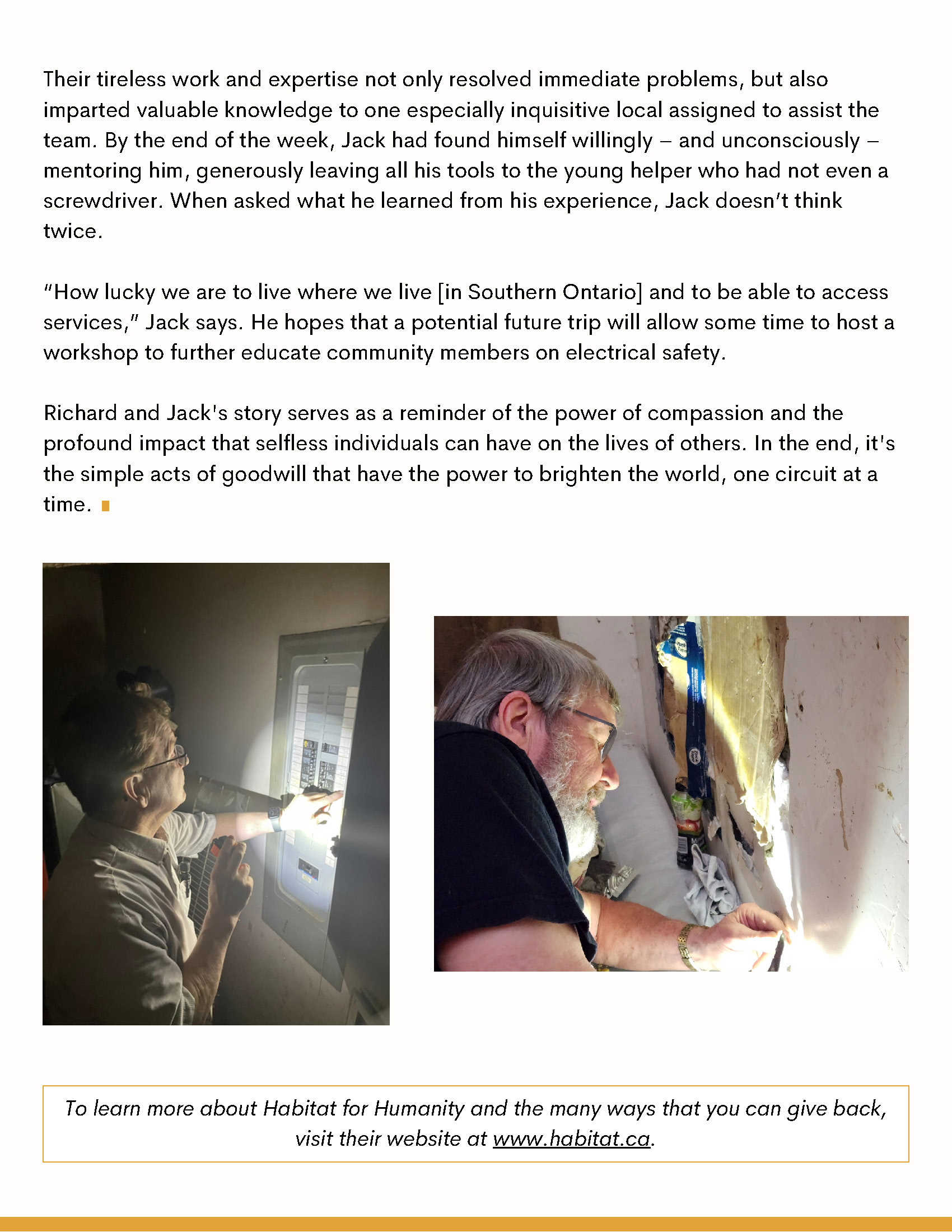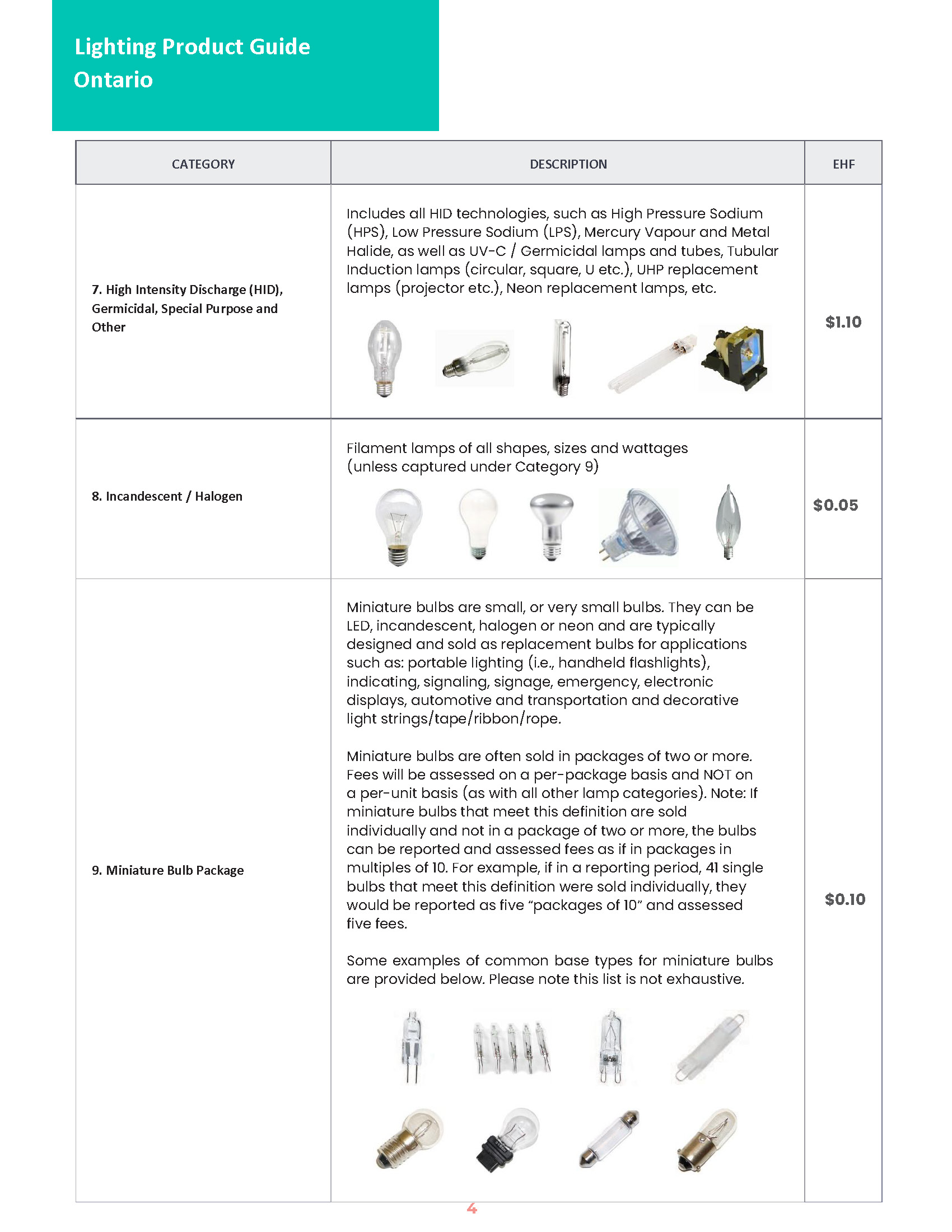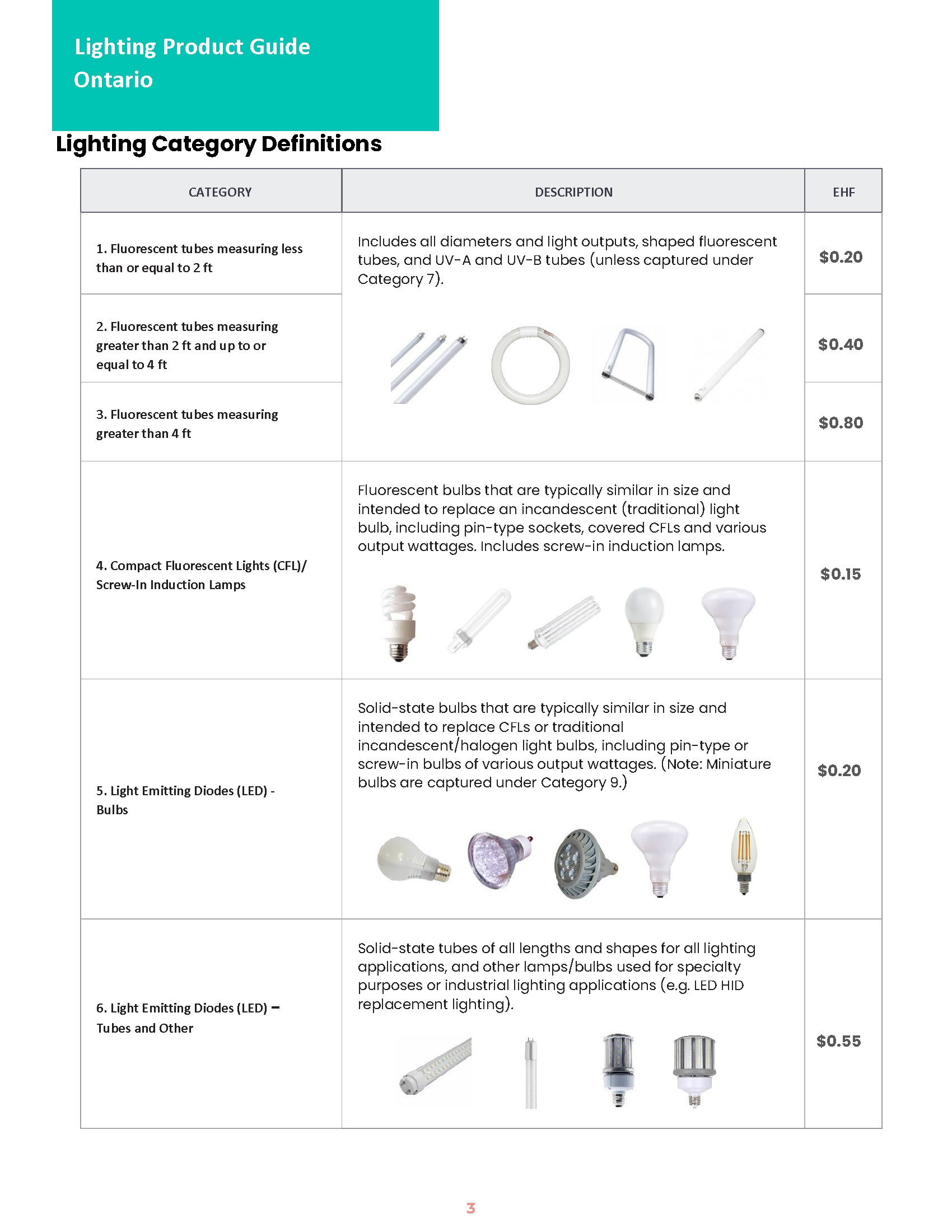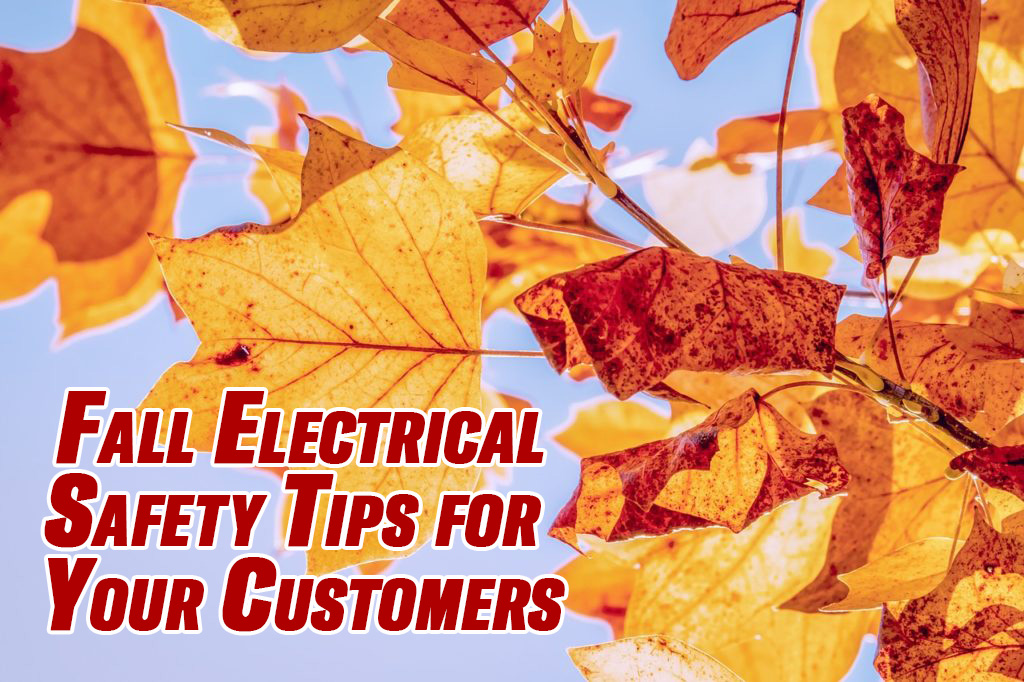Throughout the years the refueling process of our vehicles has been relatively straightforward, everybody understands how it’s done, and it’s completed in about five minutes. Simple enough, right? Electric cars (EVs) and plug-in hybrid vehicles are relatively new on the market and the fact that they use electricity to propel themselves means a new infrastructure has been put into place, one which few are familiar with. There’s a number of reasons why that’s so, such as the fact that every electric vehicle can accept different amounts of power. There are also different types of connectors used, but most importantly, there are different levels of EV charging that determine how long it takes to charge an EV.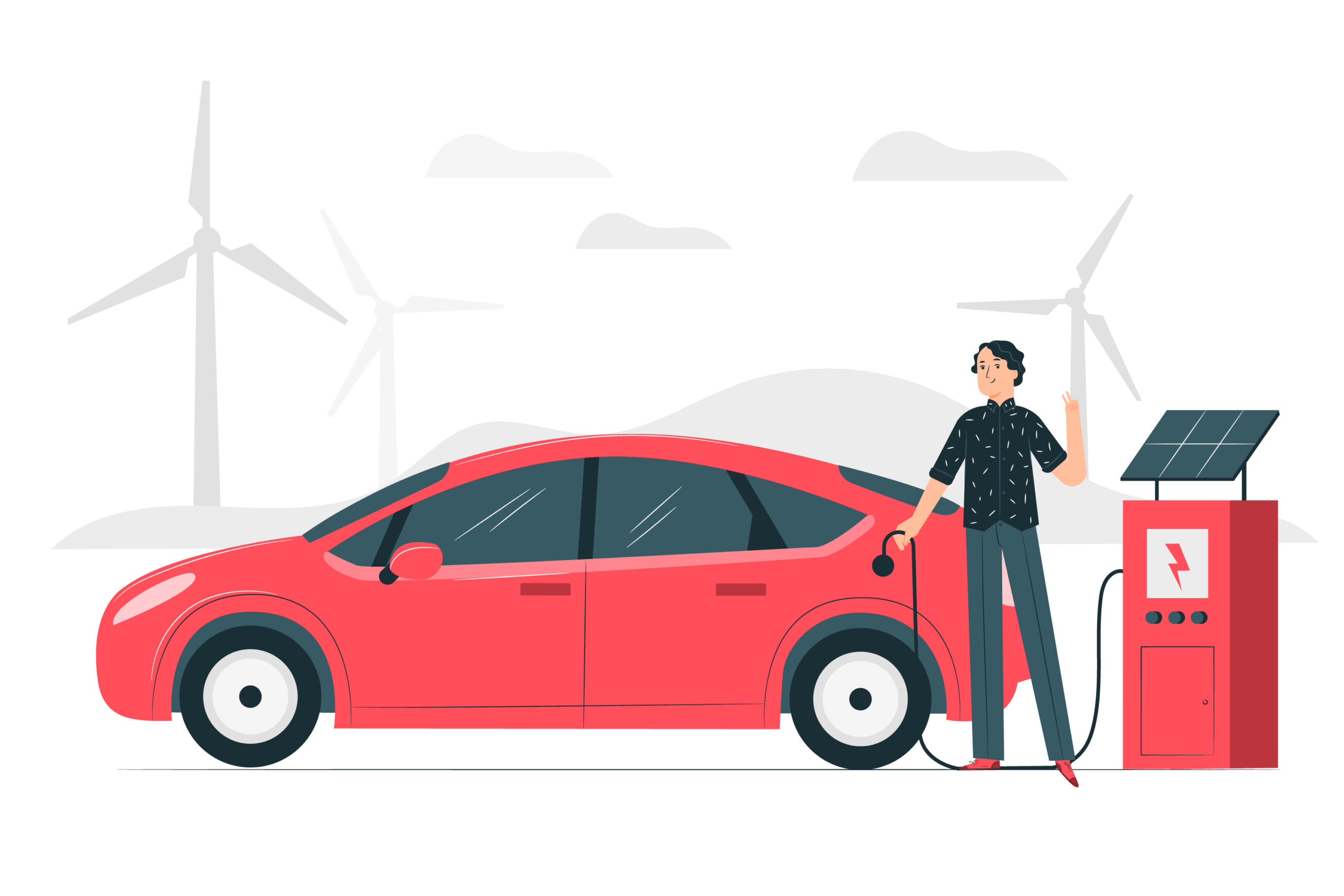
Three Levels of EV Charging
There are three levels of EV charging; Level 1, Level 2, and Level 3. Level 3 is broken into DC Fast Charging and (Tesla) Supercharging. The higher the level of charging, the faster the charging process, as more power is delivered to the vehicle. It’s important to note that different EVs charge at different speeds on each level, because each EV can accept different levels of power from the EVSE, industry-speak for electric vehicle supply equipment, the charger.
When an electric vehicle is plugged in, there’s a communication process before the charger is energized. Basically, the car asks the charger how much power it can deliver, and then the car calls for the maximum amount of power that the station can deliver and the vehicle can accept.
The car always determines how much power it accepts, so there’s no need to worry about plugging into a charging station that can deliver more power than your EV can handle. The car will not allow the charger to deliver too much power.
Level 1 Charging: 120-Volt
Connectors Used: J1772, Tesla
Charging Speed: 4 to 8 Kilometers Per Hour
Locations: Home, Workplace & Public
Level 1 charging uses a common 120-volt household outlet. Every electric vehicle or plug-in hybrid can be charged on Level 1 by plugging the charging equipment into a regular wall outlet. Level 1 is the slowest way to charge an EV. It adds between 4 and 8 kilometers of range per hour.
Level 1 charging works well for plug-in hybrid electric vehicles (PHEVs) because they have smaller batteries, currently less than 25 kWh. Since EVs have much larger batteries, Level 1 charging is too slow for most daily charging, unless the vehicle isn’t needed to drive very far on a daily basis. Most BEV owners find that Level 2 charging better suits their daily charging needs.
Level 2 Charging: 208-Volt to 240-Volt
Connectors Used: J1772, Tesla
Charging Speed: 19 to 128 kilometers Per Hour
Locations: Home, Workplace & Public
Level 2 charging is the most commonly used level for daily EV charging. Level 2 charging equipment can be installed at home, at the workplace, as well as in public locations like shopping plazas, train stations and other destinations. Level 2 charging can replenish between 19 and 128 kilometers of range per hour, depending on the power output of the Level 2 charger, and the vehicle’s maximum charge rate.
Most BEV owners choose to install Level 2 charging equipment at their residence, because it charges the vehicle up to 10 times faster than Level 1 charging. Charging from a Level 2 source usually means the vehicle will be completely charged overnight, even if you plugged with a nearly empty battery.
Level 2 chargers can deliver up to 80 amps of power. But that requires a 100-amp 208-240V dedicated circuit and a heavy, costly supply line from the breaker box. Most owners will be well served choosing a 40-amp charger that can deliver 9.6 kW to the EV. A 48-amp charger can charge slightly faster at 11.5 kW, but requires a heavier gauge wire and the charger must be hardwired to comply with the NEC code. Therefore, 48-amp chargers can cost significantly more than a 40-amp unit and offer only marginally faster charging.
Level 3 Charging: 400-Volt to 900-Volt (DC Fast Charge & Supercharging)
Connectors Used: Combined Charging System (Combo), CHAdeMO & Tesla
Charging Speed: 5 to 32 Kilometers Per Minute
Locations: Public
Level 3 charging is the fastest type of charging available and can recharge an EV at a rate of 5 to 32 kilometers of range per minute. Unlike Level 1 and Level 2 charging that uses alternating current (AC), Level 3 charging uses direct current (DC). The voltage is also much higher than Level 1 & 2 charging, which is why you don’t see level 3 chargers installed at home. Very few residential locations have the high-voltage supply that is required for level 3 charging.
Additionally, DC Fast Chargers cost tens of thousands of dollars. So even if your residence has 400-volt electricity service, the cost to install the charger would most likely cost more than your EV. Tesla calls their Level 3 chargers Superchargers; others are called DC Fast Chargers. Current Nissan EVs use a third specification, CHAdeMO.
Ready to choose the right charging station?
Call us today at Oscan Electrical Supplies, and we will be able to get you started on your path to selecting the correct EV Charging Station for you! In Oshawa at 905-728-3800.
 Outdoor Electrical Safety
Outdoor Electrical Safety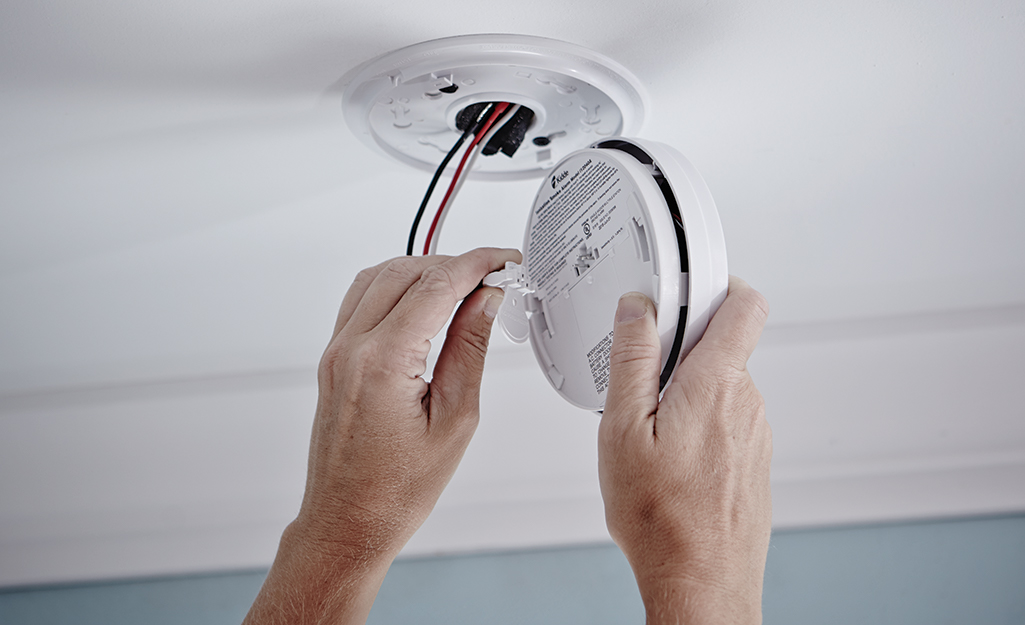 Indoor Electrical Safety
Indoor Electrical Safety

